The History of the: Smartwatch

We are pleased to introduce one of our new content series, the Historical Overview. From the smartwatch to the personal computer and beyond, Historical Overview aims to provide an in-depth perspective on the timeline of modern devices that have penetrated our daily lives and to spark discussions around both modern and older technology.
Pebble, Apple, Huawei, and a host of other companies have spent millions of dollars in smartwatch technology in recent years. Today, the smartwatch is perhaps the most recognisable piece of the wearables industry, a gadget that has become almost synonymous with wearable technology, and an equally controversial and promising piece with a lot of room for growth. However, the concept of the smartwatch is not new at all. In fact, smartwatch history goes back several decades into the past when computerised technology was still in its early stages.
The first point in smartwatch history
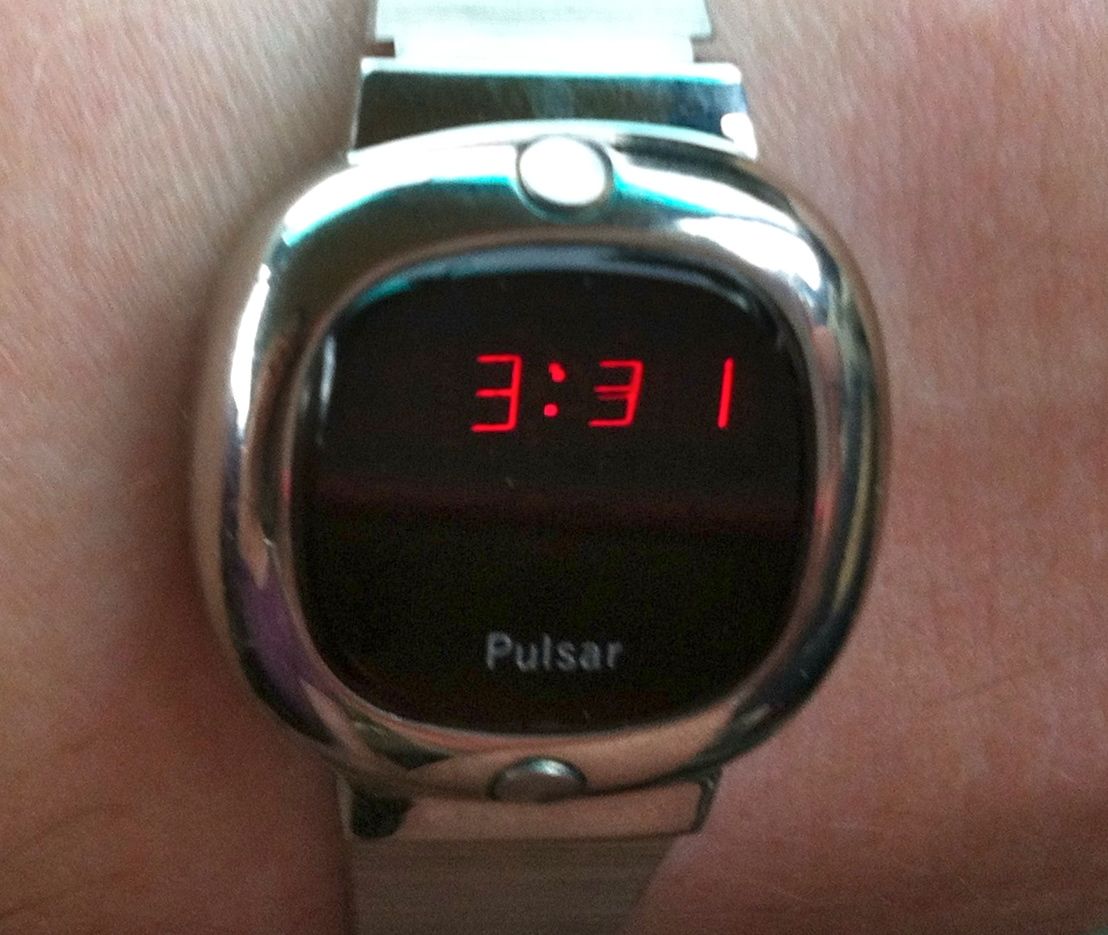
In 1972, the Hamilton Watch Company and Electro/Data Inc. developed the first digital watch, an LED prototype named Pulsar. Wrapped in 18-carat gold, the Pulsar was sold for $2,100. Adjusted for inflation, that number comes closer to $12,300 in 2016. Though users had to press a button in order to see the time, the Pulsar virtually revolutionised the field of watches and paved the way for its smart successors. One could even argue that this was a pivotal point in smartwatch history.
Innovations by Seiko
Soon after, various Japanese companies started experimenting on ways to introduce more content into watches by allowing users to input or view additional forms of data. Seiko was one of the very first companies to pioneer in the field. In 1983, they released the famous T001 which can also be seen in James Bond’s Octopussy. The watch was linked to a portable TV receiver while the 1 ¼ screen was divided into two separate areas. The top one was reserved for standard watch features like showing the time and setting alarms but the bottom part was used for video output, albeit in abysmal quality.
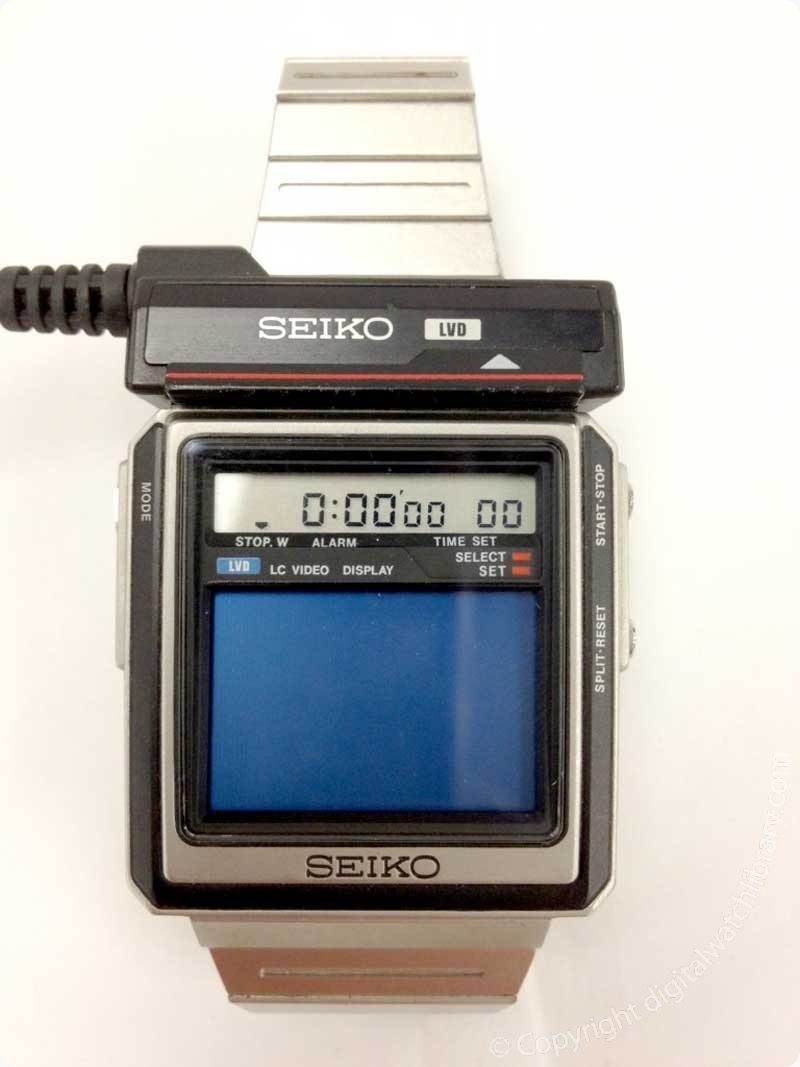
During that same time, Seiko released the Data 2000. The watch received its title from the fact that it could store 2,000 characters which could be inputted from an external keyboard dock. A mere year later, the similar RC-1000 was released with a substantial new feature; the ability to connect to most computers of the time. By connecting the RC-1000 to a Commodore 64 or an Apple II, users could interact with their watches and share information. Perhaps the closest device to modern smartwatches, however, was the RC-20 Wrist Computer. This little watch was equipped with an 8-bit Z-80 microprocessor, 2KB of RAM, and 8KB of storage. It included applications for scheduling, memos, world times, and a calculator.
The first wireless smartwatch
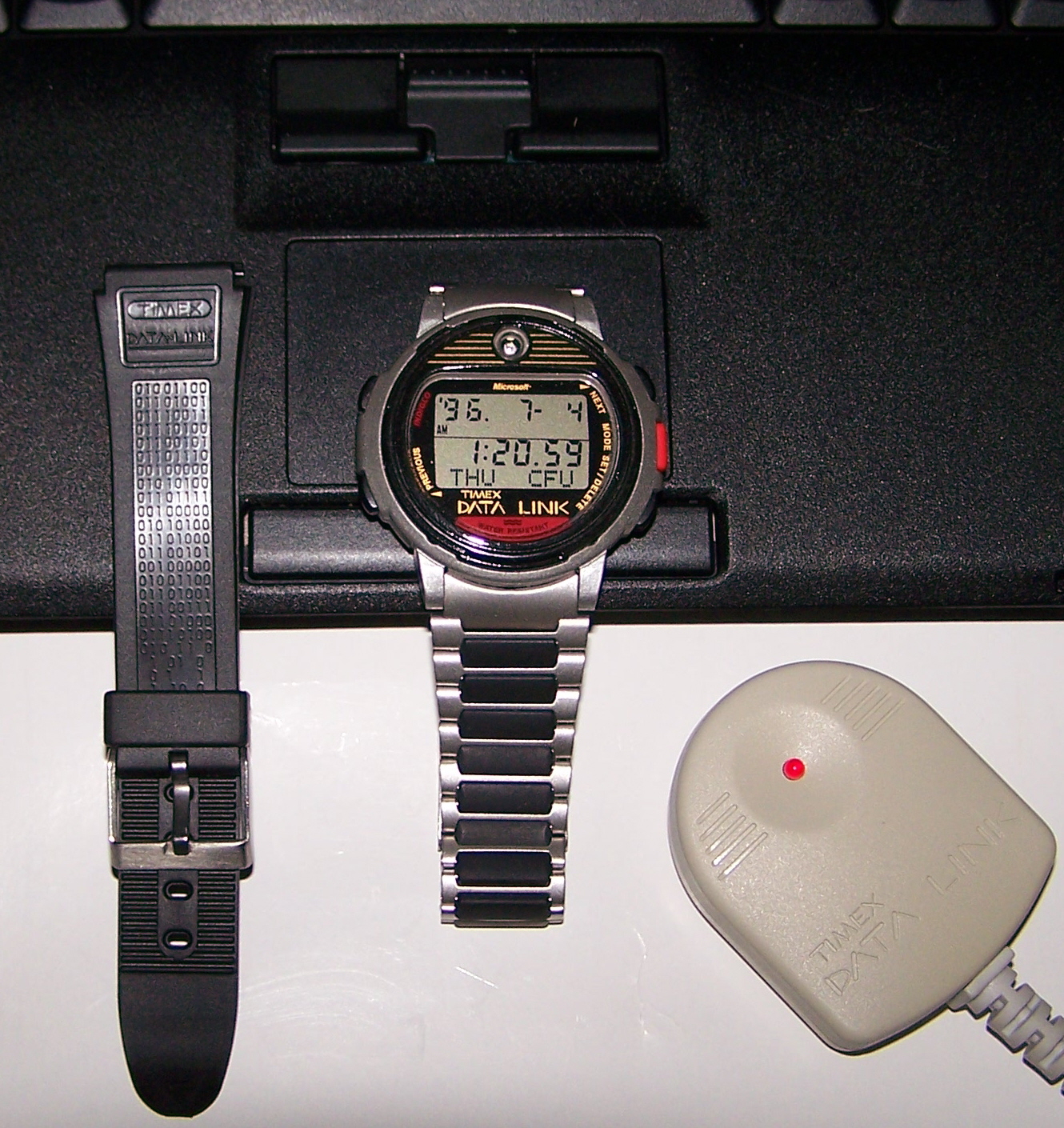
In 1994, the Timex Datalink became the very first watch capable of downloading data from a computer wirelessly. Co-developed with Microsoft, its use of technology was ingenious. By illuminating a computer screen with a changing blinking display, it could encode information to transfer which was detected by a sensor embedded inside the watch. The Datalink was a hallmark of scientific ingenuity and was even employed by NASA in various space travel missions. This was also Microsoft’s first foray into the market though certainly not the last.
The Linux smartwatch
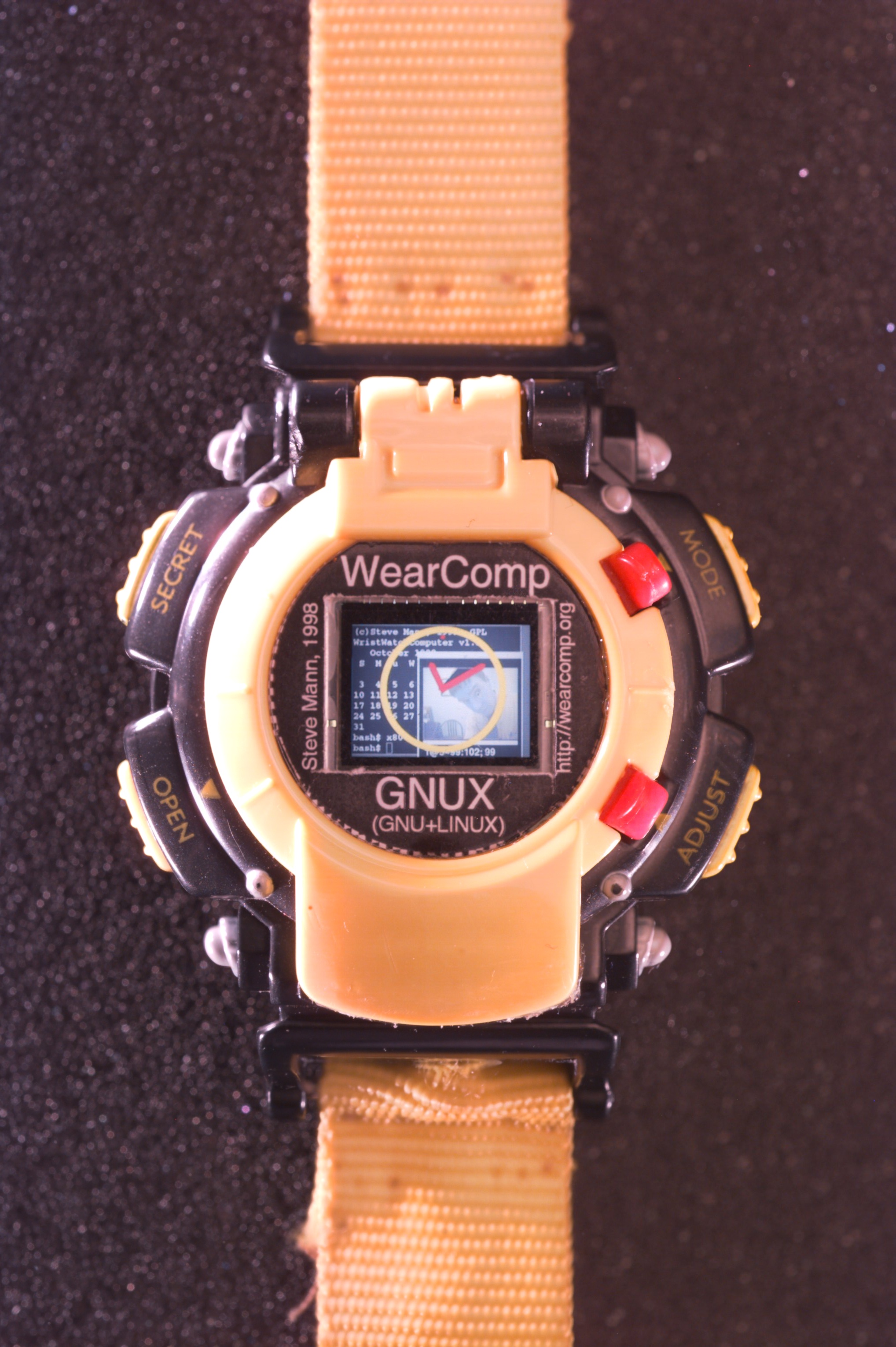
Pioneer inventor Steve Mann designed and developed the very first Linux smartwatch in 1998. After presenting the watch, he was rightfully hailed as the “father of wearable computing”, a very deserving title considering his work in the field. Of course, Mann has made a host of other significant contributions to modern technology, including being the first to develop modern HDR imaging methods.
The first smartwatch to make a call
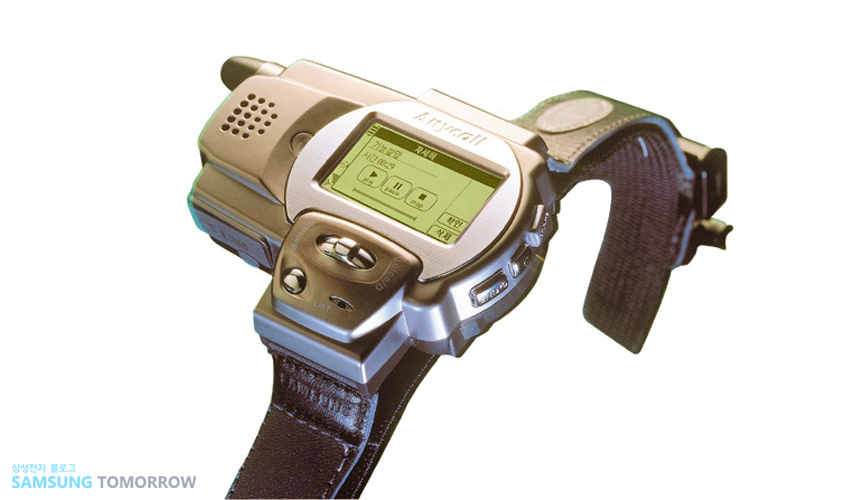
Samsung was one of the very first companies to introduce smartwatches to the Android market and for good reason. The company was actually the first to develop a watch capable of telecommunications back in 1999. The SPH-WP10 featured a monochrome LCD screen and was capable of 90 minutes of talk time with its integrated speaker and microphone. The company gave up its smartwatch efforts soon after but once it recognised the potential of the industry a few years ago, it quickly invested into the field again.
IBM’s contributions
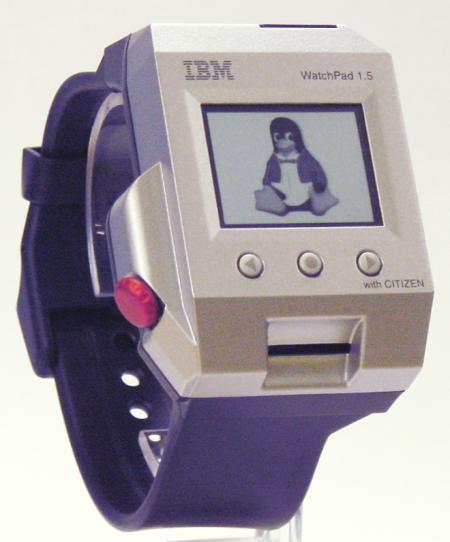
In 2000, IBM revealed a prototype Linux smartwatch called the WatchPad. Though the original version was somewhat lacking, the company quickly upgraded it. In 2001, the WatchPad 1.5 had an accelerometer, a fingerprint sensor, and a vibrating mechanism. Moreover, it ran Linux 2.2, had a 320 x 240 QVGA touch-sensitive display, Bluetooth, 8MB of RAM, and 16MB of flash storage. It was a vision of things to come, albeit mobile technology was not nearly good enough for this gadget to be viable back then.
The PDA smartwatch
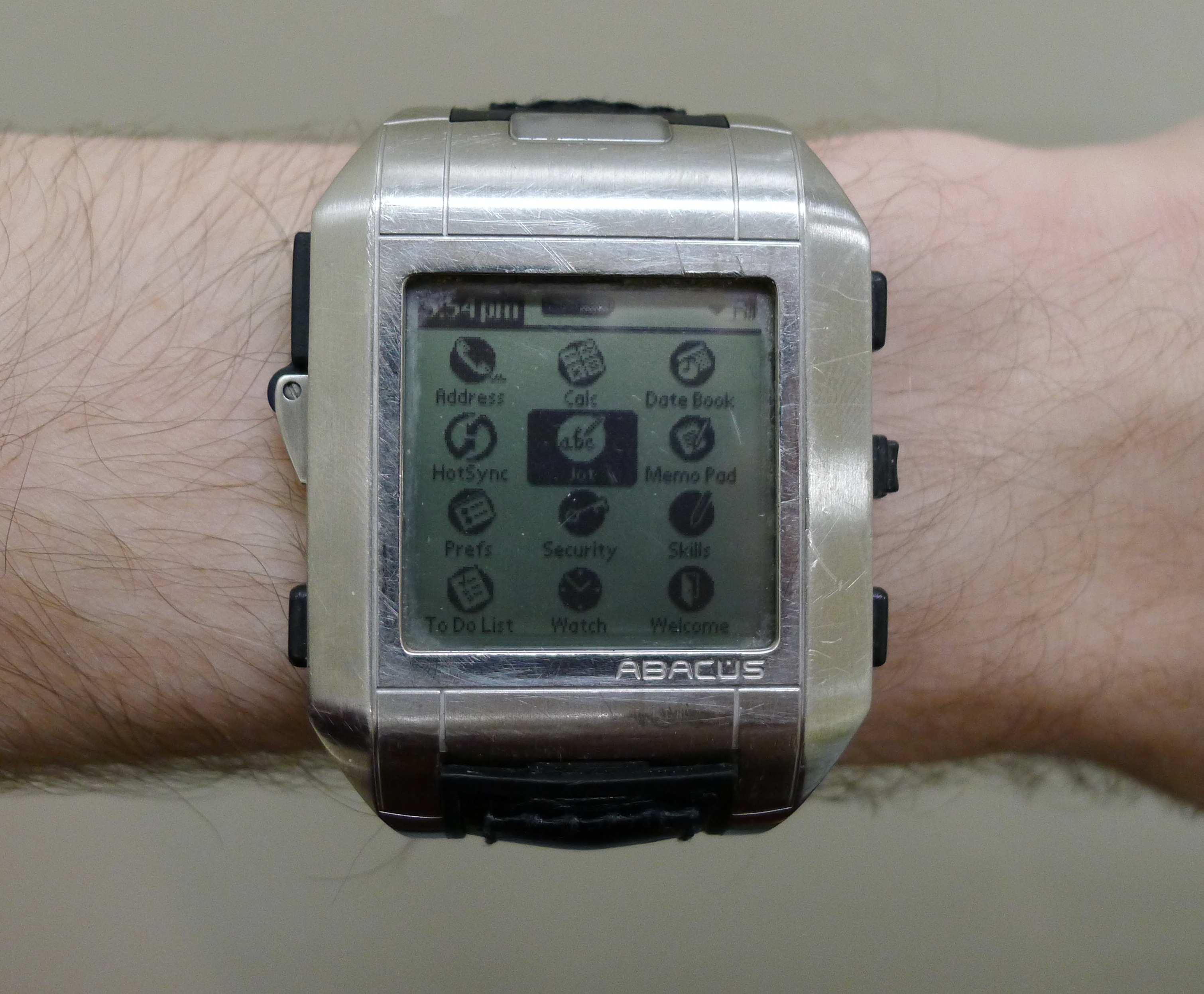
Though younger readers may not remember these devices, PDAs were incredibly common well into the early 2000s. As such, Fossil decided to release a unique device called the Wrist PDA. Despite its name, it was actually a revolutionary device that may well be considered an early predecessor of smartwatches. It was capable of exchanging data with PCs and it featured a virtual keyboard, a touch screen, an infrared port, and a tiny stylus so that users could interact with it more efficiently. Reviewers at the time hailed it for its innovations, including the ability to use a host of different applications in Palm OS.
Microsoft’s mistake
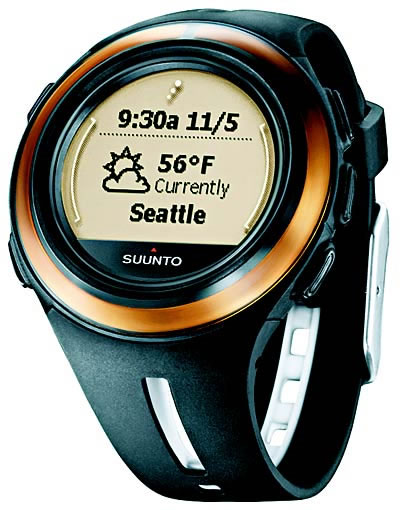
In 2004, Microsoft attempted another foray into the market with the Smart Personal Objects Technology (SPOT) smartwatch. The entire project was really a precursor to wearables and IoT in an attempt to personalize technology. Unfortunately, Microsoft made several bad decisions during this endeavor, including closing down the network to its own ecosystem so its ultimate demise was not entirely unexpected.
Modern times
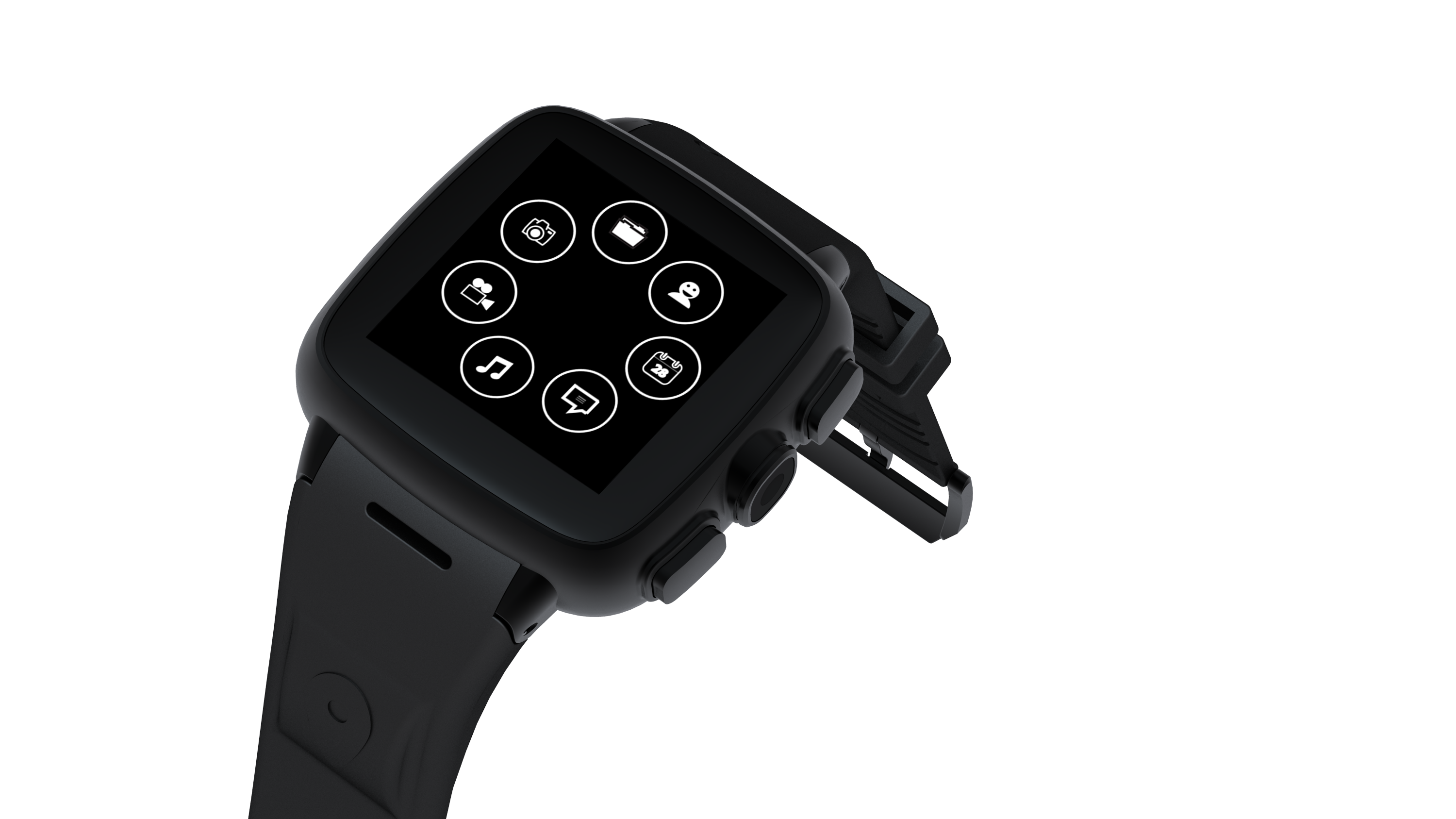
Since then, a number of companies have tried their hands in smart watches though most attempts were either too niche or too impractical to appeal to a mainstream audience. In 2012, Pebble virtually changed both the Kickstarter world and the wearable market by marking a new point in smartwatch history as its $10 million campaign showed all the major tech companies that there was a real demand for such devices. Omate in 2013 was the first company to design a truly independent smartwatch. The so called TrueSmart could make calls, use maps, and take advantage of Android apps completely independently. Though their Kickstarter campaign was loaded with mistakes and failed promises, it marked the beginning of a new era.
Did you enjoy the brief lesson in smartwatch history? Do you own any wearable devices? What’s your opinion on them? Feel free to join us in a discussion in the comments below!



